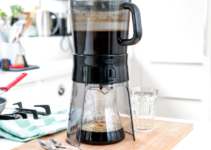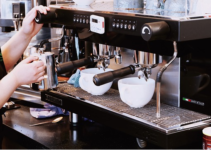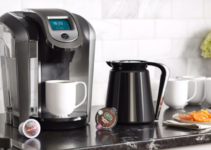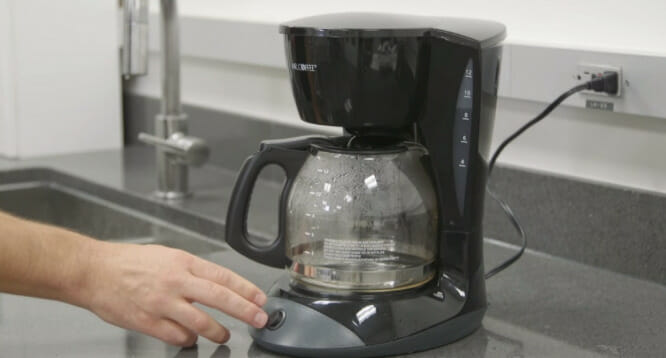If you are looking for the most popular type of coffee, you’ve probably heard of Espresso. Traditionally made in Italy, espresso is made with a small amount of almost-boiling water forced through finely ground coffee beans under nine to ten bars of pressure. You can choose between several roast levels and different types of coffee beans for your drink. This type of coffee is a classic Italian coffee drink that has gained global popularity.

The name Espresso is derived from the fast-brew process used to create it. Early espresso designs were often made using steam to power the extraction process, and the pressure of the drink was low.
Both types of coffee are made from different type of beans, but the difference between coffee and espresso lies in their caffeine content. Espresso is made using a special machine that uses a fine grind to quickly prepare a single cup of coffee. Espresso has a stronger flavor than coffee and we can drink it hot or cold but is much thicker than coffee. Although both have caffeine content, espresso has a much higher concentration of the drug. However, if you’re looking for a more satisfying cup of coffee, espresso is the way to go.
Espresso
When drinking espresso, you’ll want to pay close attention to the crema. Crema is the layer of foam on top of the espresso shot. As with any type of coffee, crema is not always the best indicator of the coffee’s quality. Coffee experts refer to this layer of foam as the crema. The crema should be a dark mahogany color and have small bubbles of gas floating around it. The best espresso is a combination of these factors.
Coffee
When drinking coffee, it’s important to know the difference between espresso and brewed coffee. While the two types have similar tastes, espresso is far more intense and complex. It’s the process of preparation that dictates the flavor of the coffee, rather than the beans. It’s important to select the proper beans for the specific style of espresso, as this will influence the taste of the final cup. If you’re not sure which one you prefer, ask a barista to help you decide.
While both beverages have many similarities, they differ in terms of caffeine. A single cup of espresso contains 185-190 mg of caffeine, while a shot of espresso contains just forty-six to seventy-five mg of caffeine. The difference in caffeine content isn’t so significant, but it’s worth noting. The same amount of caffeine can come from two or three shots of espresso. In other words, espresso is a better choice for many people than brewed coffee.
Final Words
Although espresso is an Italian beverage, it has spread to many countries around the world. The United States, Australia, and Asia South Pacific are the vanguards of espresso’s global expansion. Today, espresso is widely considered a premium beverage that’s worthy of a higher price.
While the caffeine content of coffee varies depending on the variety of beans used, the brewing process, and water temperature, an espresso shot typically has 60 mg of caffeine per eight-ounce serving. Higher estimates, however, are still below the 80 mg threshold. As with other beverages, a single shot of espresso is also less potent than a cup of brewed coffee. Coffee and espresso are also popular for the different flavors they impart to food.
Related Posts:






